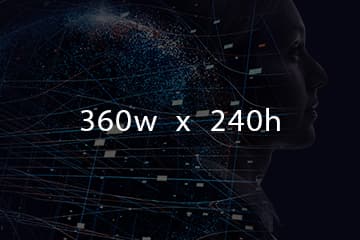What is cloud computing?
Cloud computing refers to the delivery of computing services over the internet, or ‘the cloud’, rather than on-premises infrastructure. In cloud computing, resources like servers, storage, databases, networking, software, and more are provided and managed by cloud-service providers (such as Amazon Web Services, Microsoft Azure and Google Cloud Platform) over the internet. You typically pay only for the cloud services you use, helping lower operating costs, run infrastructure more efficiently and scale as your business needs change.
Here are the main types of cloud-computing services:
- Infrastructure as a Service (IaaS): This is like the basic building block of cloud computing, where you rent IT infrastructure — servers and virtual machines (VMs), storage, networks, operating systems — from a cloud provider on a pay-as-you-go basis.
- Platform as a Service (PaaS): This service provides a platform allowing customers to develop, run, and manage applications without the complexity of building and maintaining the infrastructure typically associated with developing and launching an app.
- Software as a Service (SaaS): This is software that's available via a third-party over the internet. SaaS provides a complete software solution that you purchase on a pay-as-you-go basis from a cloud service provider. You rent the use of an app for your organization, and your users connect to it over the Internet, usually with a web browser.
- Function as a Service (FaaS): This is a type of cloud-computing service that allows you to execute code in response to events without the complexity of building and maintaining the infrastructure. The cloud server runs the code on-demand.
Cloud computing can also be categorized into three types based on the nature of the data and service management:
- Public cloud: Services are delivered over the public internet and shared across organizations.
- Private cloud: Services are maintained on a private network and the hardware and software are dedicated to a single organization.
- Hybrid cloud: This combines elements of both public and private clouds. They are bound together by technology that allows data and services to be shared between them.
Because of cloud computing, businesses and individuals can access computing resources that they might not have been able to afford or manage on their own, making it a transformative and widely adopted technology.

